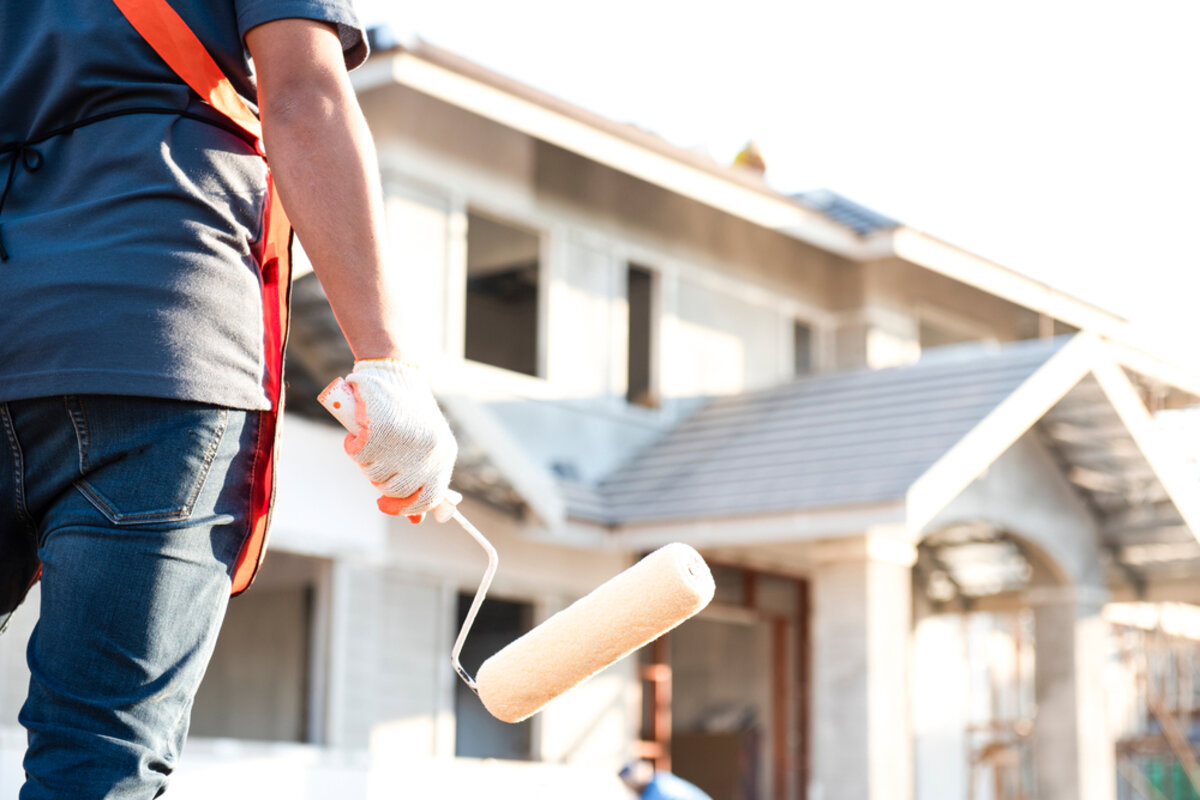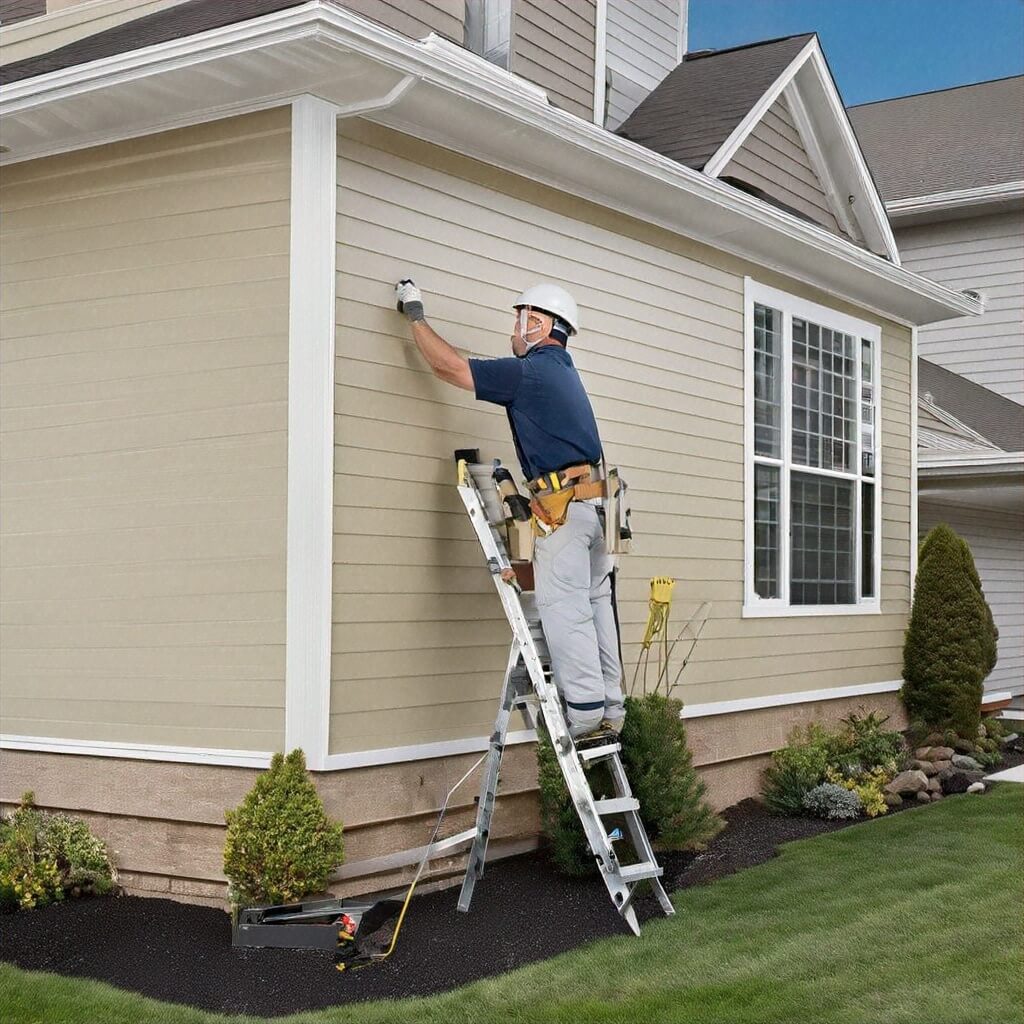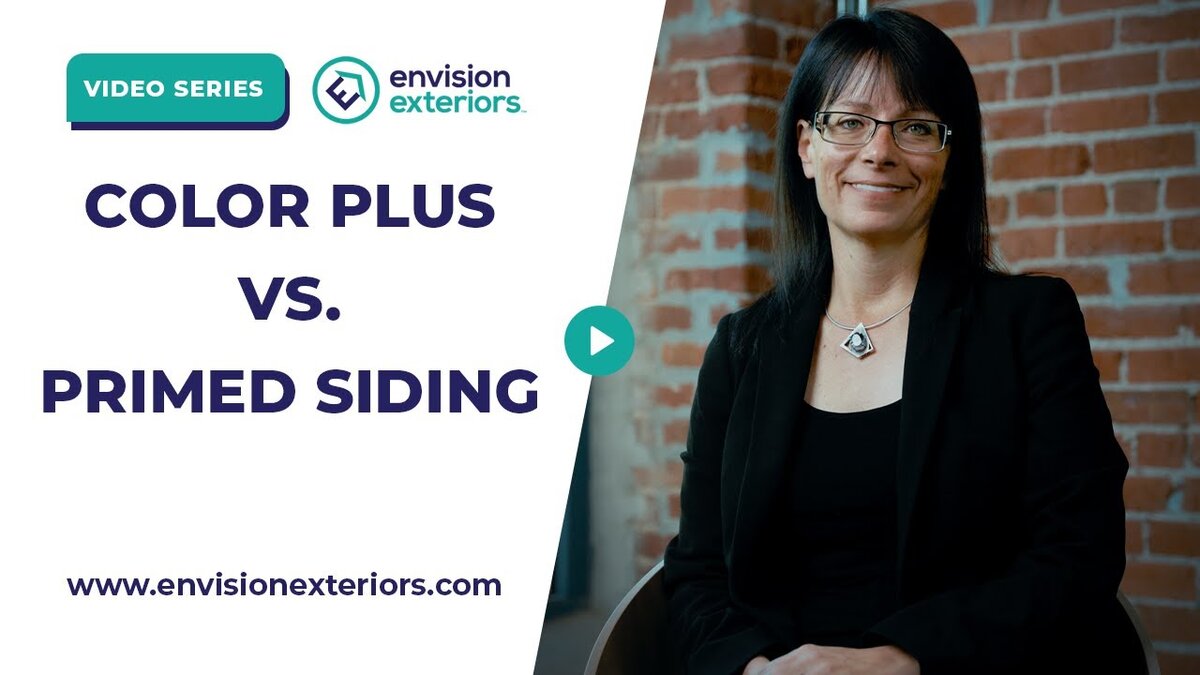Vinyl siding, known for its durability and low maintenance, isn’t traditionally associated with painting. However, painting vinyl siding can be an appealing option for those looking to refresh their home’s appearance without undertaking a full replacement. In this blog, we will explore the important factors to consider if you decide to paint your vinyl siding, including the potential benefits and drawbacks.
The Pros and Cons of Painting Vinyl Siding
Pros of Painting Vinyl Siding
Painting vinyl siding can be a cost-effective way to enhance your home’s appearance. Here are some key benefits:
- Cost-Effective Upgrade: Compared to replacing the entire siding, painting is much more affordable.
- Variety of Colors: Painting allows you to choose from a wider palette of colors than the limited options available for vinyl siding.
- Customization: If you desire a unique or customized look for your home, painting offers that flexibility.
Cons of Painting Vinyl Siding
While painting vinyl siding has its perks, there are also some downsides:
- Maintenance: Painted vinyl siding may require more frequent maintenance than the original siding.
- Warranty Issues: Painting your vinyl siding could void the manufacturer’s warranty.
- Potential for Peeling: If not done correctly, painted siding might peel or crack.
Preparing Vinyl Siding for Painting
Cleaning and Repairing One of the critical steps before painting vinyl siding is proper preparation. Start by thoroughly cleaning the siding. Use a mix of water and mild detergent to scrub away dirt and grime. Repair any damaged areas to ensure a smooth surface for painting. Choosing the Right Paint Choosing the right paint is crucial when you want to paint vinyl siding. Important factors to consider include selecting a paint formulated for vinyl, as regular paint might not adhere properly or could damage the material. Opt for light-colored paint to prevent warping, as darker colors absorb more heat.
The Painting Process
Priming the Siding
Priming may or may not be necessary, depending on the condition of your vinyl siding and the paint you choose. Some vinyl-specific paints don’t require a primer. If you’re painting over a darker color, however, using a primer can help the new paint adhere better and achieve the desired color.
Applying the Paint
When applying the paint, it’s best to use a sprayer for an even coat. If you don’t have access to a sprayer, you can use a roller or brush. Be sure to apply at least two coats for optimal coverage. Allow sufficient drying time between coats, typically 24 hours.
Post-Painting Maintenance
Maintaining painted vinyl siding is straightforward but requires more attention than unpainted siding. Clean the siding annually with a gentle cleanser to prevent dirt and mold buildup. Regular inspections for peeling or chipping can help you address issues early.
Conclusion
So, can you paint vinyl siding? Important factors to consider include the benefits, drawbacks, and proper preparation techniques. Painting vinyl siding offers a cost-effective way to refresh your home’s exterior, but it’s essential to use the right materials and follow best practices to achieve lasting results. If you have any further questions or need assistance, feel free to contact Envision Exteriors today for expert advice and services.






